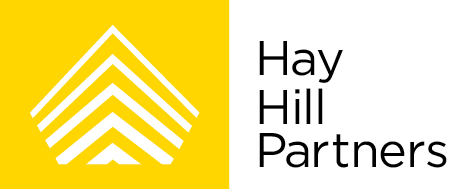At a time when positive and constructive leadership is essential, many are finding working from home wearing. Days are long and intense, taking emotional energy without some of the balancing mechanisms that naturally happen when out at work. A number of factors are at play:
Commuting time has now been absorbed into the working day with the resulting loss of time for reflection, space for ideas, or even just a chance to disengage and recharge.
Many find they are moving between video conferencing calls without the usual ‘breaks’ that walking or travelling to a meeting affords.
There is less informal engagement with colleagues to provide a sense of support, the opportunity to download or the small, positive encounters that help build relationships.
Calls are scheduled to resolve or communicate points that have in the past been dealt with in mini interactions by the water cooler, on the way out of a meeting, or over a quick coffee.
Without the same informal opportunities to check in and pick up on the organisational dynamics, leaders have to either invest more time into conversations to stay in touch, or risk isolation as they lose sight of the broader context.
The resulting working patterns are unsustainable. They impact on the effectiveness of thinking and problem solving, and deplete emotional strengths such as empathy and confidence. Against this backdrop, the solutions may at first glance fall into the category of ‘easier said than done’, but selecting even a couple can start to tip the balance back towards the positive.
These are some of the solutions I have seen working:
1. Decide what a good, productive day looks like.
This may seem obvious, but it often requires a deliberate effort to step away and do this. The answer might include scheduling 30 minutes at the start of the day to think – the virtual equivalent of getting into the office early. It could include shifting some meetings from video to calls. Perhaps some calls could be made while out walking. It could also include other ideas, such as those in the points below.
2. Reintroduce elements of your non-virtual working day.
If you ended a meeting at the office after 50 minutes so you could walk to the next one, do the same online. Consider diarising some of your previous commute time for similar activities, whether getting on top of messages, reading the newspaper or doing something restorative.
3. Continue to prune meetings.
Many have seen a big increase in meetings and it is worth continually reviewing whether it is important to attend or indeed if the meetings remain relevant.
4. Make time to stay in touch informally with immediate peers and those whose input you appreciate.
Maybe even set aside regular times when you are free for others to be in touch. Making yourself more accessible to colleagues may help keep those mini conversations going.
5. Set aside some time for the strategic.
It can be good to stretch the mind and being in front of a computer all day can create a bias towards the tactical.
6. Start networking again.
Getting a range of inputs and having the opportunity for more open discussions can be energising as it can help spark ideas, inform perspective as well as develop strategic thinking and inform the tactical.
7. Add in something positive to your working day that you could not do in your ‘old’ working week.
At first the idea of adding something in may not appeal when you are trying to do less, but those who seem to be thriving are doing some small, positive things daily that gives them a clear bankable benefit, such as stepping away from work to eat with their partner, reading the newspaper or exercising more.
Dr. Jane Stephens is a business coach and founder of Hay Hill Partners LLP. She has worked with over 350 senior executives and entrepreneurs from a range of listed companies, private equity backed businesses and professional partnerships. Focussing exclusively on one-to-one coaching and co-coaching, she leverages her business experience and psychological background to help leaders bring out the best in themselves and the people they lead.
© 2020 Hay Hill Partners


